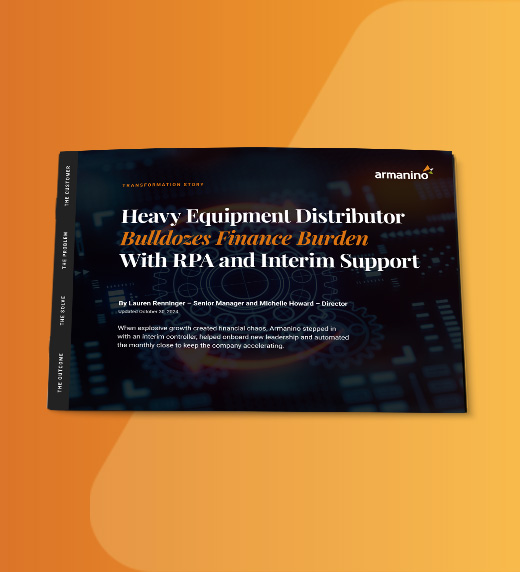
As the fallout from the Silicon Valley Bank (SVB) collapse continues to play out, the banking sector remains resilient and affected businesses are managing through the short-term challenges. Although it’s too soon to know what the long-term impact will be on banks and their clients, some important lessons are emerging.
Chief among them: Regulation can never eliminate market risk or poor decision-making. Good governance is always a must, and one prime component of this is having a clear and well-designed investment management policy. Even for smaller organizations, this should be an integrated part of financial and corporate governance.
If your board of directors hasn’t already asked to review your investment management policy, you should be prepared for a call. Now is an optimal time to take proactive steps to strengthen your policy to ensure your company’s long-term stability.
An investment management policy is a crucial component of any company's overall financial management and general governance strategy. This policy outlines the guidelines and procedures that the company will follow to manage its cash and investment holdings effectively while managing its operational and capital markets risk.
A proper investment management policy takes the following into account:
By prioritizing effective risk management practices and remaining vigilant to changes in the financial landscape, businesses can better protect themselves and their stakeholders while having clear cash management policies and procedures to turn to no matter what market situation they are in.
When developing an investment management policy, there are several key considerations. The policy should encompass:
A comprehensive investment management policy should include a 12-month cash flow forecast to inform your investment risk tolerance. Having a thorough understanding of your business’s current cash flow and monthly operating expense needs will provide you with a baseline for building out a policy. The policy should undergo stress testing across a range of potential operating and market conditions to ensure that cash access is prioritized under various scenarios.
Ultimately, it is crucial to evaluate whether your cash and investment management strategies align with your short-term liquidity needs and long-term goals while remaining consistent with your risk tolerance.
As a best practice, the policy should be designed by a professional who can provide an expert opinion on both operational cash needs and industry risk and then translate this into viable investment management processes. This includes addressing any holes in the policy and procedures, developing specific guidelines based on your business, and giving you a better sense of your risk tolerance from an outside perspective. All of this helps you to understand where you can be more flexible or conservative to maximize your potential outcomes.
When done properly, investment management policies can provide business owners and their boards with peace of mind knowing their cash and investments are aligned with their risk, and that they are prepared for a potential range of outcomes. The policy serves as a North Star for how a company should leverage its cash and investment approach to maximize putting money to work while maintaining appropriate levels of liquidity and risk.
Contact Armanino's Strategic Finance Outsourcing experts for help creating an effective cash and investment management strategy, as well as tools that will facilitate these important decisions.


